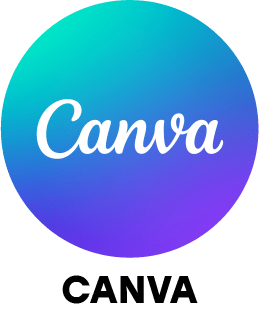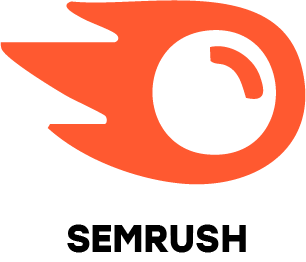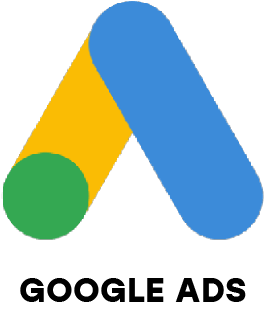1. What is the difference between sponsored search and organic search?
Ans:
Organic search results appear naturally on search engines through effective SEO practices without payment. Sponsored search results are paid advertisements that appear prominently, often at the top of search engine result pages.
2. How would you create a digital marketing strategy for a new product launch?
Ans:
I would begin with detailed audience research, competitor analysis, and selecting the most effective channels like Google Ads, social media, and email marketing. Then, I’d develop compelling content, launch targeted campaigns, and continuously monitor performance to refine the approach.
3. How do you measure the success of a digital marketing campaign?
Ans:
Success is measured by tracking metrics such as website traffic, ROAS (Return on Ad Spend), lead generation, conversion rates, and total revenue. Comparing results against predefined goals highlights performance and areas to improve.
4.What actions would you take to boost a website’s search engine ranking?
Ans:
I would perform keyword research, improve site speed, publish high-quality SEO-optimized content, build strong backlinks, ensure mobile-friendliness, and implement structured data along with on-page SEO enhancements.
5. How would you leverage social media to market a brand or product?
Ans:
I would design a strategy with engaging posts, eye-catching visuals, and video content. I’d run targeted ad campaigns, use relevant hashtags, engage with followers, track engagement and conversion metrics, and fine-tune based on results.
6. How do you stay updated with digital marketing trends?
Ans:
I keep up-to-date by following industry blogs, subscribing to marketing newsletters, attending webinars, joining online communities, and experimenting with the latest tools and features to keep campaigns innovative.
7.Have you ever managed a campaign that underperformed? How did you handle it?
Ans:
Yes, When one campaign had low engagement, I analyzed the data, identified weak areas, adjusted content, optimized targeting, and relaunched it. The revised campaign saw improved engagement and conversions.
8. How do you calculate a campaign’s ROI?
Ans:
ROI=Revenue from campaign Campaign costCampaign cost×100ROI = \frac{\text{Revenue from campaign} - \text{Campaign cost}}{\text{Campaign cost}} \times 100ROI=Campaign costRevenue from campaign Campaign cost×100. This measures profitability and helps guide future marketing decisions
9. What is A/B testing and why is it important?
Ans:
A/B testing compares two versions of a webpage, ad, or email to determine which performs better. By analyzing metrics like clicks and conversions, marketers can make data-driven decisions for improved results.
10.Can you share an example of a successful content marketing campaign?
Ans:
I developed a blog and video series for a product launch, promoted it via social media, and boosted engagement through email campaigns. Within a month, website traffic, leads, and sales increased significantly, marking the campaign’s success.





















